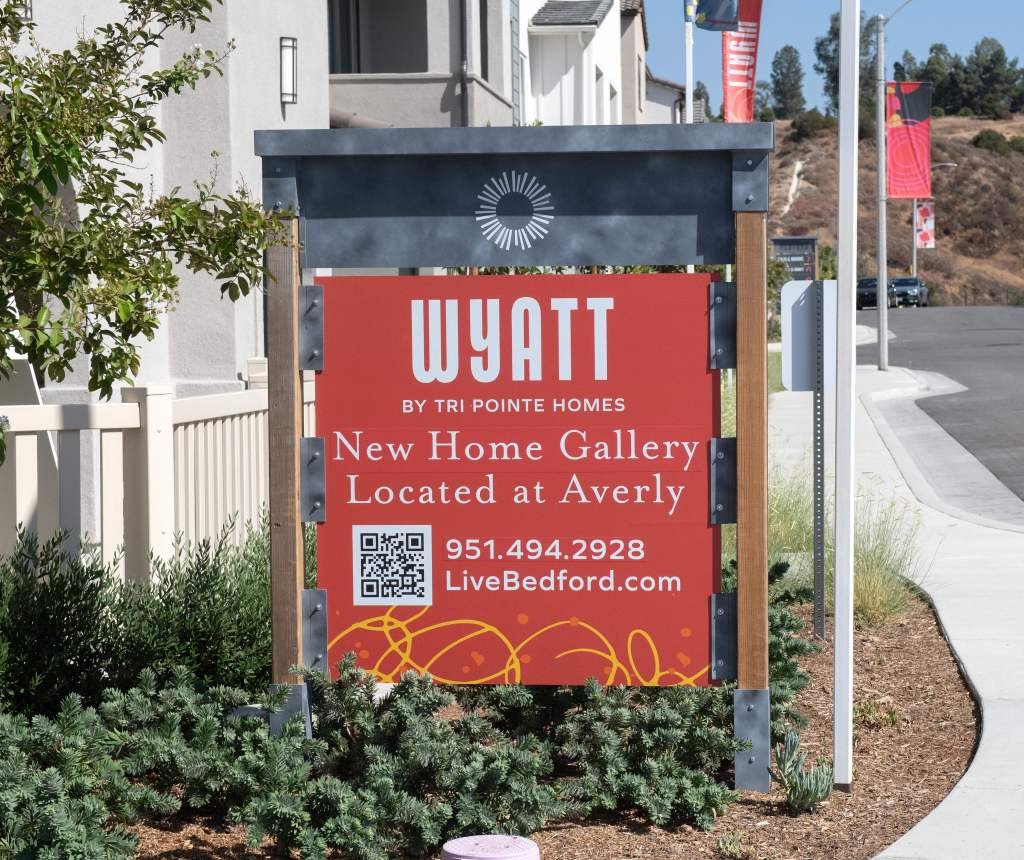New Homes Are Getting Smaller, but Kitchens Are Getting Bigger
In the wake of a real estate revolution, where sprawling McMansions have become relics of the past, the demand for larger kitchens is reshaping American homes. As prospective homeowners prioritize cooking and gathering spaces, the statistical realities unveil a paradox: the average new home size dwindles while culinary sanctuaries expand. This transformation reverberated through the lively discussions at the National Association of Real Estate Editors conference in New Orleans, where industry experts underscored the evolving preferences in modern living.
Housing Size on the Decline
According to data from the U.S. Census Bureau, the median size of new single-family homes has shrunk to 2,146 square feet, a decline of 300 square feet from just a decade ago—the smallest it has been since 2009. These shrinking dimensions signal a significant shift in the housing market, as the average lot size has also contracted by over 20% since 2009. Rose Quint, a researcher for the National Association of Home Builders, attributes this trend primarily to escalating construction costs and a widening chasm between home prices and what buyers can afford. “Elevated construction costs are driving builders to meet buyers where they’re at in terms of housing affordability,” she noted during a panel discussion.
The Affordability Crisis
The crux of the issue lies in the soaring prices that have rendered traditional-sized homes unattainable for many. Today’s precarious housing market forces homeowners to make significant trade-offs. Quint further elaborated, “Buyers made it clear: they are willing to sacrifice square footage in less utilized spaces, but key areas of the home must remain intact.”
- Home offices
- Dining rooms
- Living rooms
These areas are now seen as expendable, as consumers dial in on features they believe enhance their quality of life.
Kitchens: The Heart of the Home
Though home sizes may be contracting, kitchens have become assets of utmost importance, serving as multifunctional spaces where families congregate. Bill Darcy, the CEO of the National Kitchen & Bath Association, echoed this observation at the conference, stating, “The kitchen isn’t just for cooking anymore; it’s the gathering place of the home.” This shift is evidenced by buyer preferences that include features like open layouts, larger islands, and serving areas that accommodate social interaction.
Key Kitchen Features Buyers Demand
Recent surveys have revealed striking trends in what homebuyers want in their kitchens:
- Expansive islands and eating spaces
- Walk-in pantries
- Dedicated wine and spice storage
- Efficient lighting with recessed fixtures
- Modern technology, including smart appliances
Walk-in pantries, in particular, have surged in popularity, providing homeowners with the additional space they need to stock up on essentials. In high-end markets, features such as towel warmers and steam rooms are becoming commonplace in master bathrooms, indicating that homebuyers want to immerse themselves in luxury while also asking for practical dimensions.
Smart Technology’s Role
In the era of technological advancement, the focus on home automation is also palpable. However, research suggests that not all tech is created equal in the eyes of the consumer. Buyers display a keen interest in just two technologies: smart thermostats and security cameras, including video doorbells. According to Quint, “Consumers are leveraging technology mainly to enhance safety and energy efficiency.” In this respect, the traditional family home evolves into something that can now offer both security and lower utility bills.
New Home Prices: A Sliver of Hope
While shrinking sizes might result in some financial relief, the overarching narrative of soaring home prices remains troubling. Data from the Federal Reserve Bank of St. Louis indicates that new home prices have declined by 12% in recent years, while existing home values have escalated by 9%. Notably, the premium for new homes over existing properties has dropped significantly—from 17% five years ago to just 3% last year.
This decline presents a somewhat paradoxical situation where smaller homes become more financially viable, but at the same time, buyers must grapple with the question of whether their ideal living space can still accommodate their lifestyle.
Between the steady shrinkage of square footage and the increasing emphasis on well-appointed kitchens and communal areas, the American home is not just a shelter; it is an evolving narrative reflecting the complexities and priorities of our modern lives.





